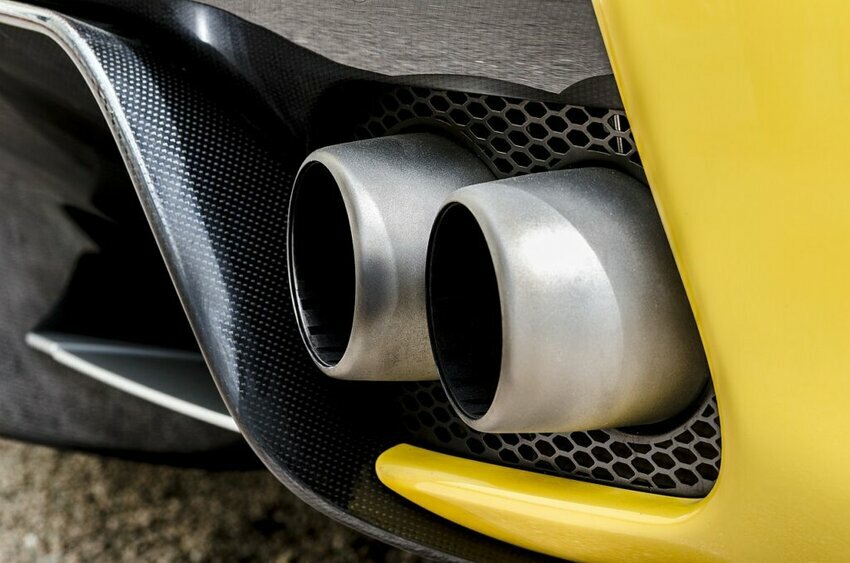 (Credit: Pixabay)
(Credit: Pixabay)European Union governments and lawmakers reached a deal Sunday about key elements of the 27-nation bloc’s green deal, reforming the EU’s trading system for greenhouse gas emissions and creating a new hardship fund for those hit the hardest by measures to curb climate change.
The two sides agreed to push European industries and energy companies to cut their emissions by speeding up the phase-out of free pollution vouchers. Doing so makes each ton of carbon dioxide that’s released into the atmosphere more expensive for polluters. The EU’s executive Commission said the measure would require European industries to reduce their emissions by 62% by 2030 from 2005 levels, compared to a target of 43% under the previous rules.
Known as the Carbon Border Adjustment Mechanism, the EU will implement a tax on foreign companies that want to import products which are not meeting climate-protection standards European companies have to comply with.
Governments and the European Parliament also agreed to extend the bloc’s emissions trading system to cover road transport and the heating of buildings from 2027. This is likely to raise the price of gasoline, natural gas and other fossil fuels for consumers, providing an incentive to switch to cleaner alternatives.
The deal includes an emergency clause allowing the introduction to be postponed by a year if energy costs are particularly high. Against the backdrop of the current energy crisis that has stoked inflation in Europe and beyond, negotiators agreed to also create a social climate fund that will help vulnerable households and small businesses cope with higher costs for fuel arising from the new measures.
“We can now safely say that the EU has delivered on its promises with ambitious legislation and this puts us at the forefront of fighting climate change globally,” said Czech Environment Minister Marian Jurecka, whose country holds the EU’s rotating presidency.
The provisional agreement needs to be formally adopted by the EU Parliament and governments. It is part of the bloc’s broader 'Fit for 55’ package intended to help the EU cut its emissions by 55% by 2030 from 1990 levels and achieve “net zero” by mid-century.